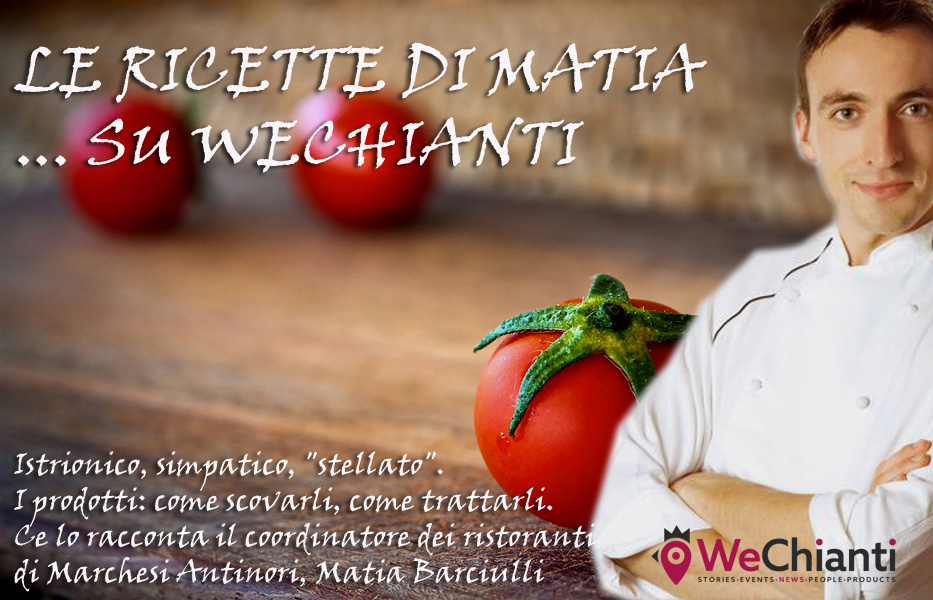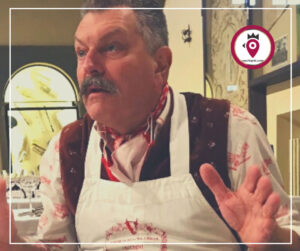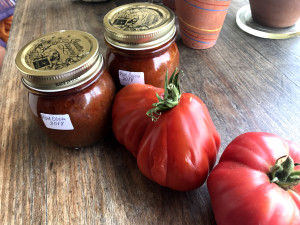Articolo disponibile anche in: Italian
 Over the last few years I’ve understood that there is one thing that many good professionals have in common: an accessory, a wrap, the symbol of our Tuscan nature, the yellow straw paper.
Over the last few years I’ve understood that there is one thing that many good professionals have in common: an accessory, a wrap, the symbol of our Tuscan nature, the yellow straw paper.
The old grocery stores used to wrap their delicious products in this paper, which today is only used for fried food.
The story begins in 1926, when the owner of a pasta factory, who didn’t have any heirs, decided to sell his company to two of his employees, the Martelli brothers.
I’d like to note that these two brothers, who were orphans since the age of 4, were given an opportunity by the owner of the pasta factory. He in fact allowed them to pay for the company little by little, because he believed in them and their abilities. And he was right.
They paid all the debts back, and still today their descendants make us happy by carrying on with their work.
The artisan pasta makers Martelli are an extraordinary reality. They’re based in Lari, a small town on the Pisan hills. Here a family produces four pasta formats: maccheroni, penne classiche, spaghetti and spaghettini.
The secret of their quality and rough texture is the slow drying process, 35 degrees for about 50 hours. The spaghetti are unmistakable because of their ‘curve’ that allows the pasta to be just perfect.
This family has had the foresight to understand how their company could survive in the modern world. Of the 2000 pasta makers that were active in Italy at the beginning of the century, only 150 are still open.
The Martelli had a brilliant idea. Stay faithful to tradition, use a yellow packaging that was in line with the tradition of the Tuscan artisan pasta – the colour blue is instead typical of southern Italy – and use a type face that recalls the children’s writing, to signify that the pasta maker is ‘small’, but only in size.
Here’s my recipe for the Martelli spaghetti: I finely slice a fresh onion and let it brown with oil and a bit of santoreggia (summer savory herb), then I add a bit of chilli and the boiled beans, with some of their water.
I drain the pasta when it’s still ‘al dente’ and then complete the cooking in the pan with the beans, adding a bit of santoreggia and some olive oil. This is a delicious dish, easy and quick to prepare, with the same nutritional value as a steak.
Long live the pasta and the pasta makers! Till next time.
Matia Barciulli, chef, Technical coordinator Antinori’s restaurants… and father of Brando


